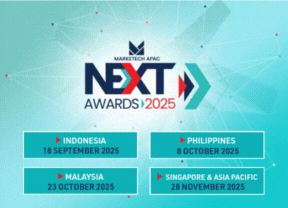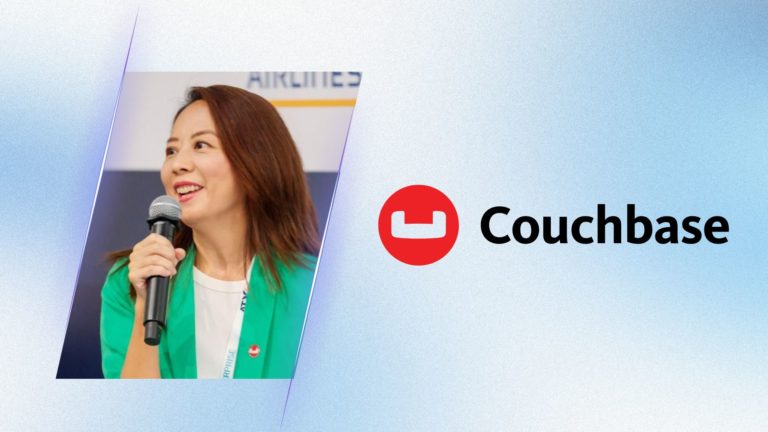Singapore – Organisations may anticipate their stock price to drop by as much as 9% after a single incident and take an average of 79 days to recover. This is according to Splunk’s latest global report, which highlights that downtime costs global 2000 companies a total of US$400b annually due to unexpected digital environment failures.
Data from the findings suggest that 56% of downtime incidents are caused by security incidents, including phishing attacks, while 44% originate from application or infrastructure issues like software failures. Meanwhile, human error stands as the number one cause of downtime and the biggest offender for both scenarios.
Key findings of the impact of downtime include loss of revenue, which is calculated at US$49m annually, and that it can take 75 days for that revenue to recover. The second largest cost is regulatory fines, averaging US$22m per year. Missed SLA penalties come in third at US$16m.
Draining budgets due to cyberattacks is also among them, and when experiencing a ransomware attack, 67% of surveyed CFOs advised their CEO and board of directors to pay up, either directly to the perpetrator, through insurance, a third party, or all three.
Additionally, 74% of technology executives surveyed experienced delayed time-to-market, and 64% experienced stagnant developer productivity as a result of downtime.
Downtime can also dilute customer loyalty and damage public perception. In particular, 41% of the respondents admitted that customers are often or always the first to detect downtime.
Another 40% also indicated that downtime affects customer lifetime value, and 40% say it damages reseller and/or partner relationships.
Interestingly, the report also revealed an elite group of companies, constituting the top 10%, demonstrate more resilience than the majority of respondents. These elite firms experience less downtime, lower total direct costs, and minimal impacts from hidden costs.
Furthermore, these organisations are recognised as leaders in resilience, with their shared strategies and traits offering a blueprint for bouncing back faster.
These resilience leaders share common strategies and traits, including investing in security and observability, leveraging the benefits of GenAI, achieving faster recovery, minimising hidden costs, and avoiding financial damage.
Gary Steele, president at Go-to-Market, Cisco, and GM, Splunk, said, “Disruption in business is unavoidable. When digital systems fail unexpectedly, companies not only lose substantial revenue and risk facing regulatory fines, they also lose customer trust and reputation.”
“How an organisation reacts, adapts, and evolves to disruption is what sets it apart as a leader. A foundational building block for a resilient enterprise is a unified approach to security and observability to quickly detect and fix problems across their entire digital footprint,” explained Gary.









